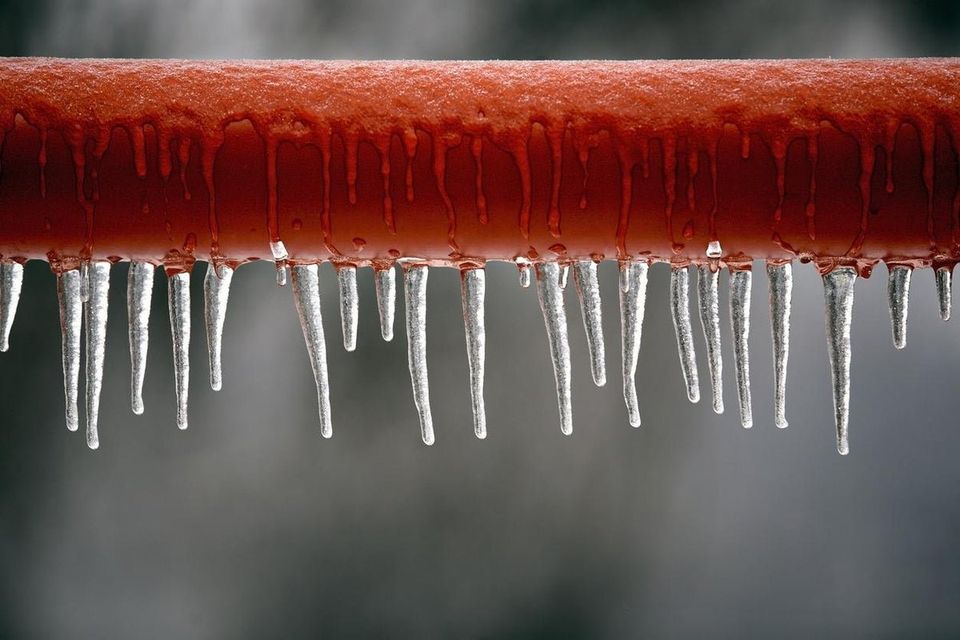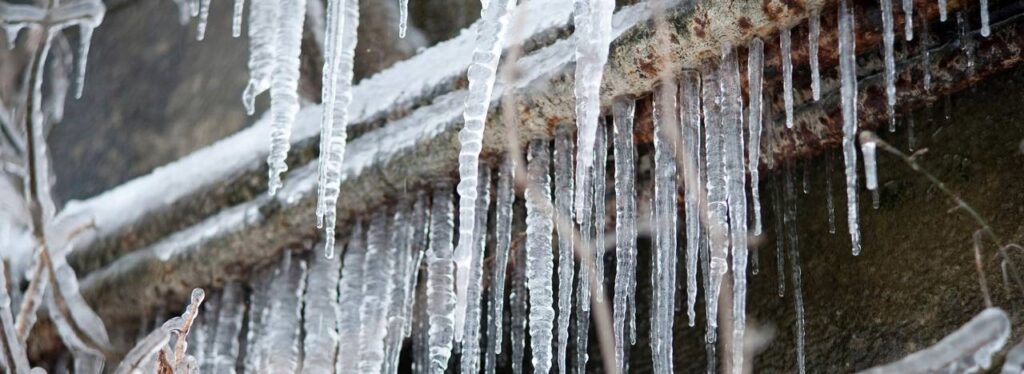Essential Tips for Preventing Frozen Plumbing in Cold Weather Seasons
Essential Tips for Preventing Frozen Plumbing in Cold Weather Seasons
Blog Article
They are making a number of great pointers relating to How to prepare your home plumbing for winter weather in general in this article below.

Winter can ruin your pipes, especially by freezing pipes. Here's just how to avoid it from taking place and what to do if it does.
Intro
As temperature levels decline, the risk of frozen pipelines rises, potentially resulting in expensive repairs and water damage. Comprehending how to prevent frozen pipelines is important for home owners in cold environments.
Prevention Tips
Shielding at risk pipelines
Wrap pipelines in insulation sleeves or make use of warm tape to secure them from freezing temperatures. Focus on pipes in unheated or outside locations of the home.
Home heating techniques
Keep interior rooms effectively warmed, specifically locations with pipes. Open up cabinet doors to enable cozy air to distribute around pipes under sinks.
Just how to determine icy pipelines
Seek reduced water circulation from taps, uncommon smells or noises from pipelines, and visible frost on revealed pipes.
Long-Term Solutions
Structural modifications
Think about rerouting pipelines away from outside wall surfaces or unheated areas. Include additional insulation to attics, cellars, and crawl spaces.
Upgrading insulation
Purchase high-quality insulation for pipelines, attics, and walls. Proper insulation helps maintain consistent temperatures and minimizes the risk of icy pipelines.
Shielding Outdoor Pipes
Yard tubes and outside faucets
Disconnect and drain pipes yard tubes prior to winter months. Mount frost-proof spigots or cover exterior faucets with shielded caps.
Understanding Frozen Pipes
What creates pipes to freeze?
Pipes ice up when revealed to temperature levels below 32 ° F (0 ° C) for expanded durations. As water inside the pipes ices up, it increases, taxing the pipeline walls and potentially creating them to break.
Risks and damages
Frozen pipelines can lead to water disturbances, residential or commercial property damage, and expensive repair services. Ruptured pipelines can flood homes and create substantial structural damage.
Indicators of Frozen Water Lines
Identifying icy pipelines early can prevent them from breaking.
What to Do If Your Pipelines Freeze
Immediate activities to take
If you think icy pipelines, maintain taps available to alleviate stress as the ice thaws. Use a hairdryer or towels soaked in hot water to thaw pipes slowly.
Final thought
Protecting against frozen pipes needs aggressive procedures and fast feedbacks. By recognizing the reasons, signs, and preventive measures, house owners can shield their plumbing throughout cold weather.
6 Proven Ways to Prevent Frozen Pipes and Protect Your Home
Disconnect and Drain Garden Hoses
Before winter arrives, start by disconnecting your garden hoses and draining any remaining water. Close the shut-off valves that supply outdoor hose bibs and leave the outdoor faucet open to allow any residual water to drain. For extra protection, consider using faucet covers throughout the colder months. It’s also important to drain water from any sprinkler supply lines following the manufacturer’s directions.
Insulate Exposed Pipes
Insulating your pipes is an effective way to prevent freezing. Pipe insulation is readily available at home improvement stores and is relatively inexpensive. Pay close attention to pipes in unheated areas such as the attic, basement, crawl spaces, or garage. Apply foam insulation generously to create a buffer against the cold. You can also wrap your pipes in heat tape or thermostat-controlled heat cables for added warmth.
Seal Air Leaks
Inspect your home for any cracks or openings that could let in cold air. Seal any holes around the piping in interior or exterior walls, as well as the sill plates where your home rests on its foundation. Additionally, make sure to keep your garage door closed unless you’re entering or exiting. Leaving it open creates a significant air leak that can lead to frozen pipes.
Allow Warm Air Circulation
During cold snaps, it’s essential to allow warm air to circulate evenly throughout your home. Leave interior doors ajar to promote better airflow. Open kitchen and bathroom cabinets to help distribute heat consistently around the rooms. If you have small children or pets, be sure to remove any household chemicals or potentially harmful cleaners from open cabinets for safety.
Let Faucets Drip
A small trickle of water can make a big difference in preventing ice formation inside your pipes. When temperatures drop significantly, start a drip of water from all faucets served by exposed pipes. This continuous flow helps prevent the water from freezing. Additionally, running a few faucets slightly can relieve pressure inside the pipes, reducing the chances of a rupture if the water inside does freeze.
https://choateshvac.com/6-proven-ways-to-prevent-frozen-pipes-and-protect-your-home/

As a serious reader on How To Avoid Freezing Pipes, I thought sharing that post was worth the trouble. Are you aware of another individual who is truly interested in Prevent Frozen Pipes ? Please feel free to promote it. Thanks a lot for taking the time to read it.
Schedule Service Pickup Report this page